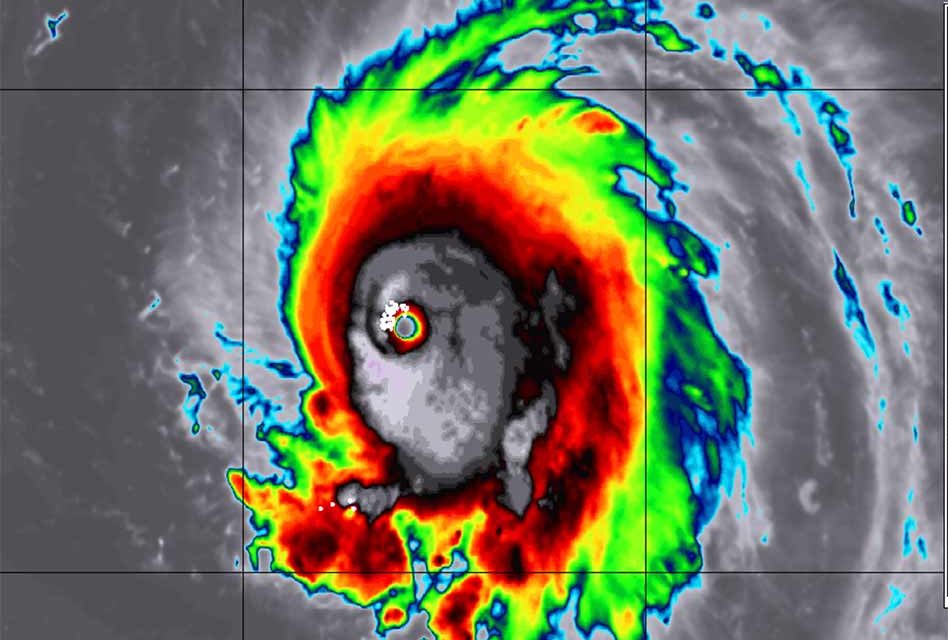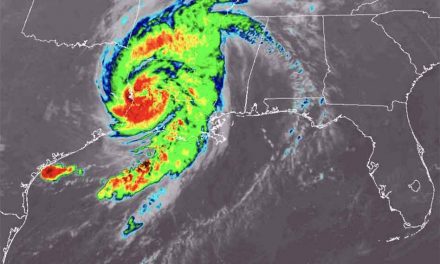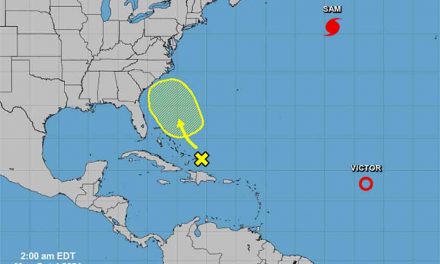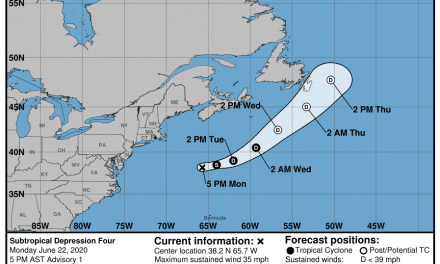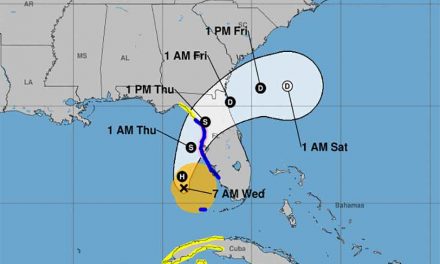Hurricane Lee has rapidly intensified and is now a Category 5 Hurricane. Sustained winds of 160 mph were recorded by hurricane reconnaissance Thursday evening, making it the first Category 5 hurricane since Ian in 2022. Only 38 other Atlantic hurricanes have reached Category 5 intensity over the past 100 years, according to NOAA’s historical database. While forecasters are still uncertain to when and where Lee will make a turn north, models continue to keep the storm well east of Florida.
While Hurricane Lee is expected to track north of the Leeward Islands, its trajectory beyond that point remains uncertain.
Category 5 hurricanes are the titans of the storm world, possessing unparalleled power and ferocity. Let’s take a journey through history to explore these awe-inspiring natural phenomena:
Early Encounters: The concept of hurricane categories emerged in the early 20th century, with Category 5 introduced in 1924. It wasn’t until the 1930s that meteorologists began distinguishing between the categories based on wind speed.
The Labor Day Hurricane (1935): One of the first documented Category 5 hurricanes, this monster storm struck the Florida Keys with winds of 185 mph. It remains one of the most intense hurricanes to make landfall in the United States.
The Camille Catastrophe (1969): Hurricane Camille, with its 190 mph winds, made landfall along the Gulf Coast. It caused widespread destruction and claimed more than 250 lives, leaving an indelible mark on history.
Andrew’s Devastation (1992): Hurricane Andrew slammed into Florida with winds of 175 mph, leaving a trail of destruction in its wake. It served as a wake-up call for improved hurricane preparedness and building codes.
Katrina’s Wrath (2005): Perhaps one of the most notorious Category 5 hurricanes in modern history, Hurricane Katrina struck the Gulf Coast, causing catastrophic flooding in New Orleans. It exposed vulnerabilities in disaster response and recovery efforts.
Irma and Maria (2017): In a cruel twist of fate, 2017 witnessed two Category 5 hurricanes—Irma and Maria—devastating the Caribbean and parts of Florida and Puerto Rico. These twin disasters highlighted the increasing frequency and severity of these storms.
Hurricane Dorian’s Devastation (2019): Dorian ravaged the Bahamas with sustained winds of 185 mph, making it one of the strongest hurricanes on record in the Atlantic. The destruction underscored the urgent need for climate action.
Category 5 hurricanes are awe-inspiring and terrifying reminders of nature’s power. They serve as a stark reminder of the importance of preparedness, climate change mitigation, and global efforts to protect vulnerable communities.
Remember that the Atlantic season continues until November, and is typically the most active in September. Prepare now by utilizing Kissimmee Utility Authority’s Osceola Hurricane Handbook, which makes it very simple to go over the steps you need to take to make sure you are for a severe storm or hurricane. It’s free, it’s important, and now is the time. Go here now for your free KUA Handbook in English and Spanish.

